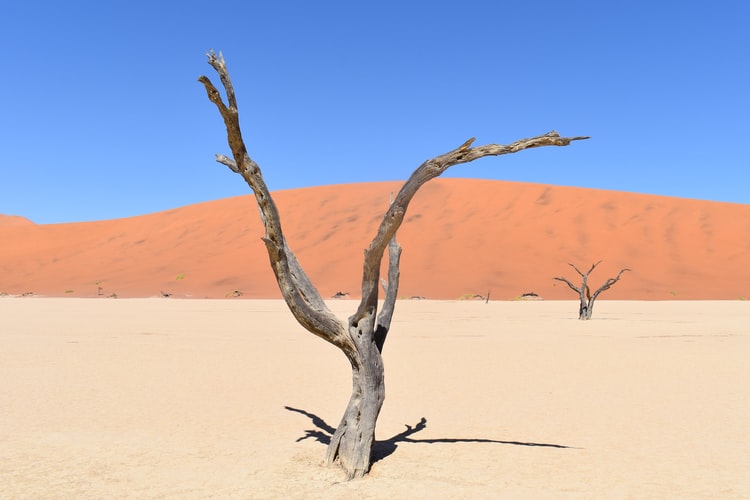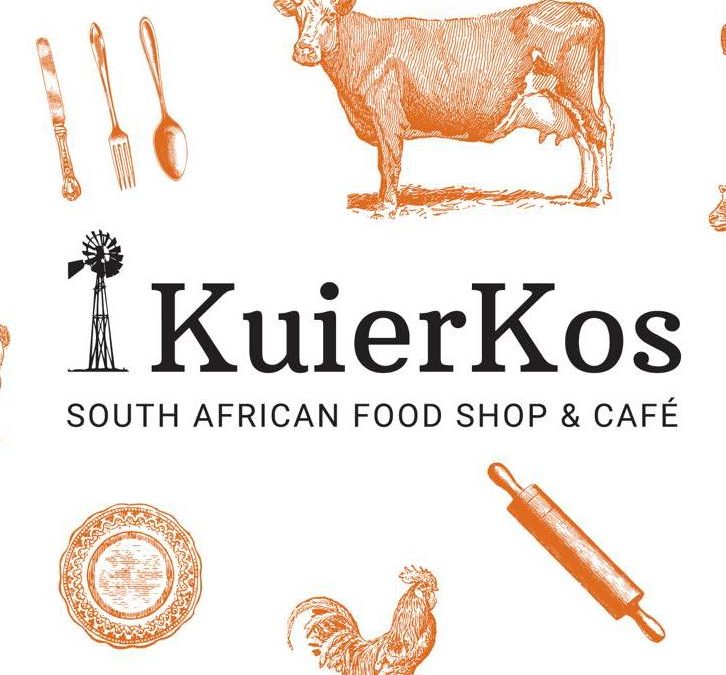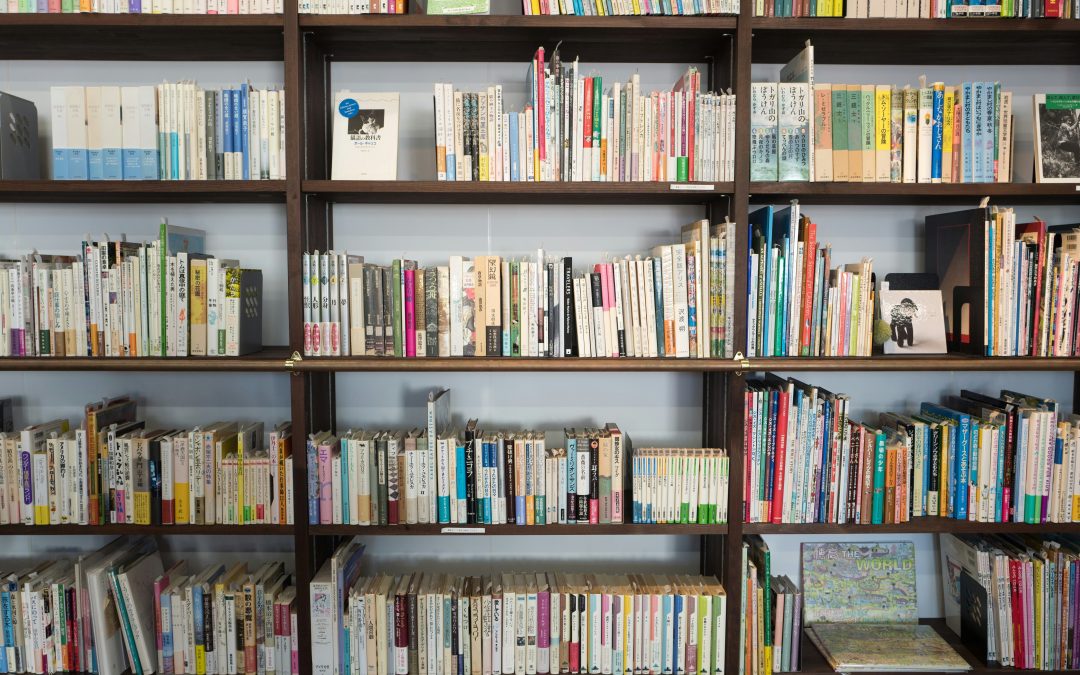Namibia has approximately 2,5 million residents and is rich in culture and nature. It is the driest country in Africa South of the Sahara, but this fact is exactly what makes the country extraordinary.
If you are Afrikaans-speaking, you are in good company as approximately 60% of the white population speaks Afrikaans. Although English is the official language, only 1% of residents are English mother tongue speakers. Almost 5% of the population speaks Portuguese. Oshivambo is spoken by almost half of the population. Namibia is literally a mixture of Europe and Africa. From the Bantu-speaking Ovambu and Herero tribes (who are known for their colourful Victorian outfits), the Damara minority group and the nomadic San people, to the German culture and architecture – Namibia offers you a colourful experience!
Highlights to visit
For a real German experience, you have to visit Swakopmund and experience the local culture and enjoy German dishes such as apple strudel! Next on the list of attractions is of course the world’s largest sand dune at Sossusvlei. You can climb some of the most well-known dunes such as Dune 45 and the Big Daddy dune. Sossusvlei is located in the Namib-Naukluft National Park, which is the largest conservation area in Africa.
Another highlight is the Etosha National Park, which is perfect if you want to witness the beauty and wildlife of Namibia. Etosha is home to four of the Big Five in an area of more than 22 000 km2. The Etosha Pan is undoubtedly something to experience and is four times the size of Los Angeles, which makes it a unique experience.
The Skeleton Coast also needs to be added to your to-do list. It is the northern part of the Atlantic Coast of Namibia and is associated with various myths and ship-wreck tales. It is estimated that literally thousands of shipwrecks are scattered along this coast. The Portuguese called this coast the “gate of hell”. Make sure you visit Hentiesbaai, the only town that is technically located along the Skeleton Coast, about an hour from Swakopmund.
Living in Nambia
Windhoek, Namibia’s capital, is considered the cheapest city in the world to live in, according to Business. Windhoek has a population of only about 322 500 people. If you live there, your monthly rent for a 45m2 flat will cost you approximately N$11 800 (R1 is equivalent to 1 Namibian Dollar). A luxury furnished home of 85m2 will cost you between N$15 000 and N$20 000. How much will a Big Mac meal cost you? Around N$72. A litre of milk will cost N$22 and 12 eggs N$63, while a 2L Coke is N$22 and a bread about N$11.
Public transport is available, but it is limited to main roads. Although public transport is cheap, most of Namibia’s attractions are situated far from the main roads. A bus will be your best option for commuting between towns if you want to make use of public transport, but renting your own car is the best option if you want to visit tourist attractions.
Attendance of state schools is free since 2013 and there are two public universities, the Namibian University of Science and Technology and the University of Namibia. Around 8% of Namibia’s GDP is spent on education and there is about one teacher for every 32 learners.
Income tax in Namibia is payable on any income higher than N$40 000 per year and is calculated on a sliding scale, as is done in South Africa. The highest percentage personal tax is calculated at 37%. VAT is 15% and company tax 32%.
Culture and food
It is very important in Namibian culture to greet someone, ask them how they are doing and shake their hand. Oftentimes they will even start shaking hands with you while starting a conversation. Namibian cultures are sensitive about public displays of affection, especially couples that act lovingly in public. Traditional dishes and drinks include offal, Oshifima (a type of porridge) and Oshikunfu (a traditional drink). “Potjiekos” is also popular, as well as venison such as springbok and kudu. And, of course, you will find Windhoek beer everywhere – especially during the Windhoek Oktoberfest which is a big event on the annual calendar.
Photo: Patrick Duvanel (Unsplash)









